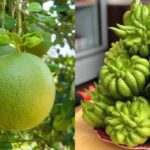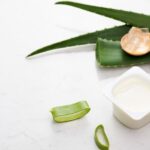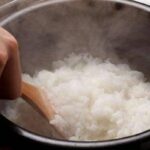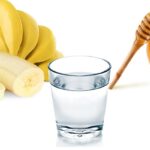Banana is a fruit that is prone to bruising and spoilage during transport. To minimize damage, farmers tend to harvest bananas when they are ripe and then sell them to traders.
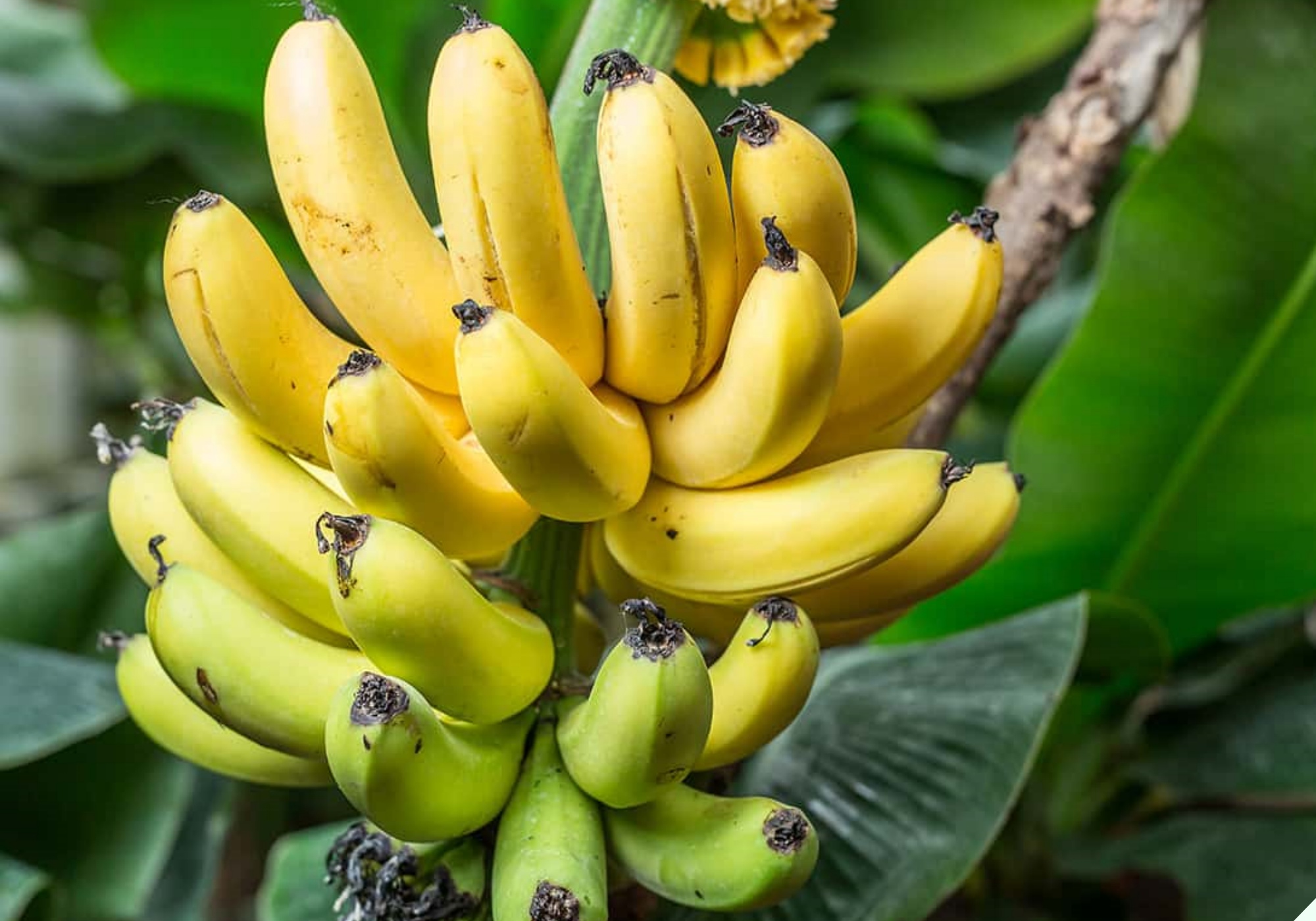
To reach consumers, unripe green bananas are often ripened artificially. One common method is to place the bananas in an enclosed space with a burning incense stick. Alternatively, placing bananas in an enclosed space with ethylene-producing fruits such as apples or ripe bananas can also ripen them within 5-7 days.
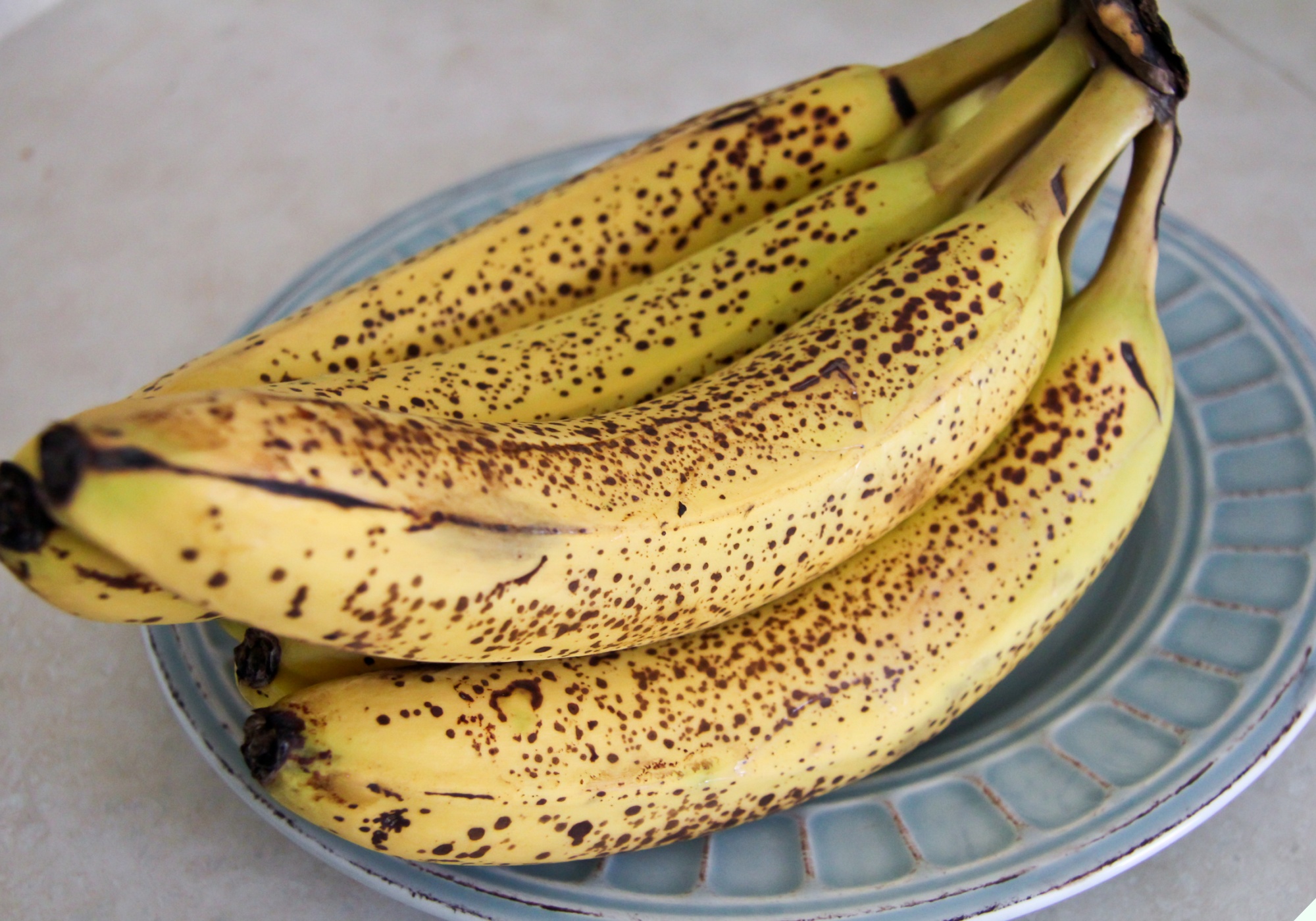
In addition to these traditional methods, some traders also use chemicals to speed up the ripening process. By soaking bananas in solutions containing ammonia or sulfur dioxide, they can achieve a bright yellow color overnight. However, these chemicals are harmful to the nervous system and can also negatively affect liver and kidney function.
Therefore, it is crucial to be cautious when purchasing bananas to avoid those treated with harmful chemicals.
Another important consideration for buyers is the shape of the banana. Should you choose straight or curved bananas?
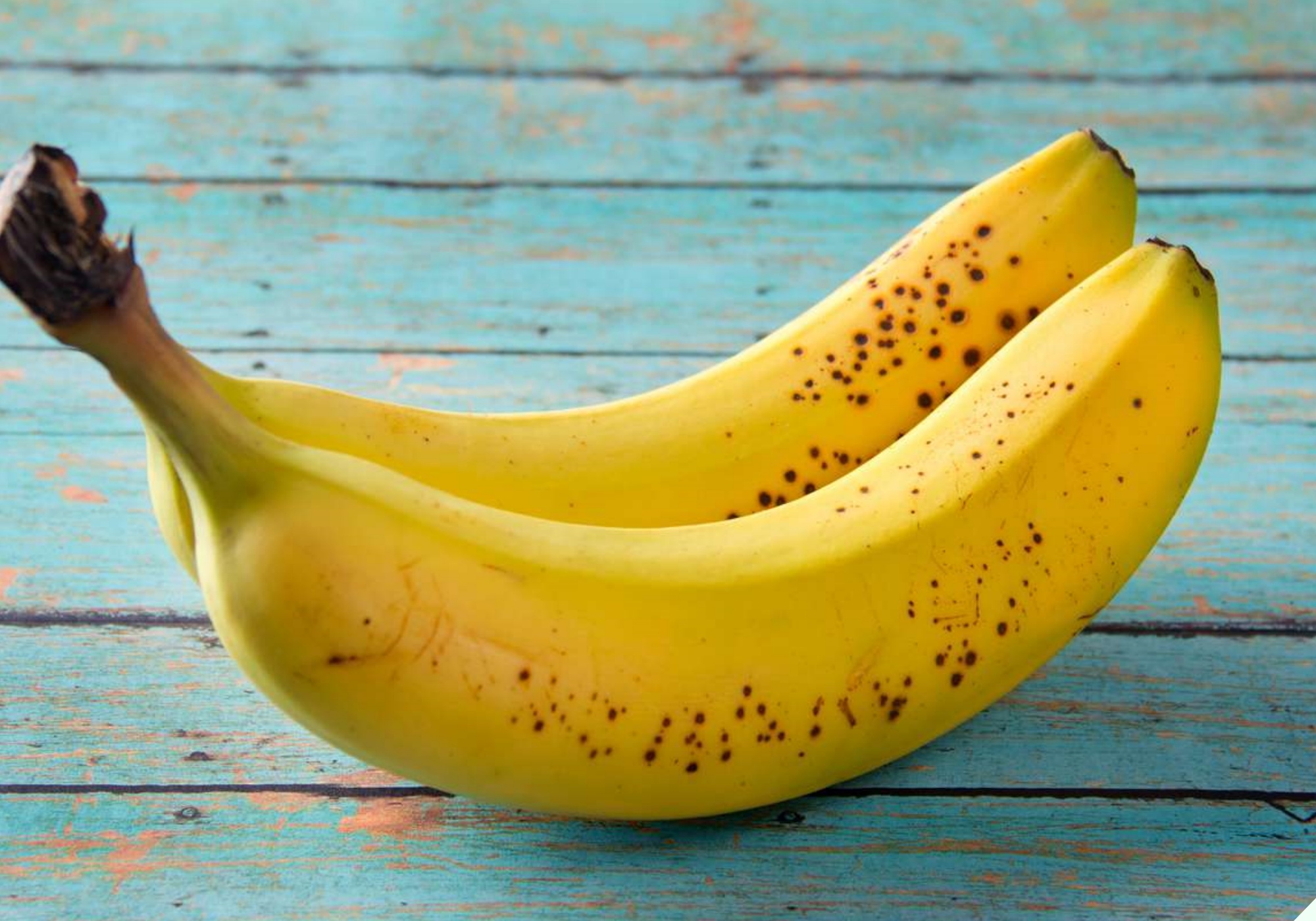
According to experienced banana growers, bananas, like other plants, tend to grow towards sunlight. The banana clusters that receive more sunlight will be more curved. Additionally, these bananas tend to have higher moisture and sugar content.
On the other hand, bananas that receive less sunlight will grow longer and straighter, and their sugar content will be lower. So, a tip for buying sweet and soft bananas is to choose the curved ones.
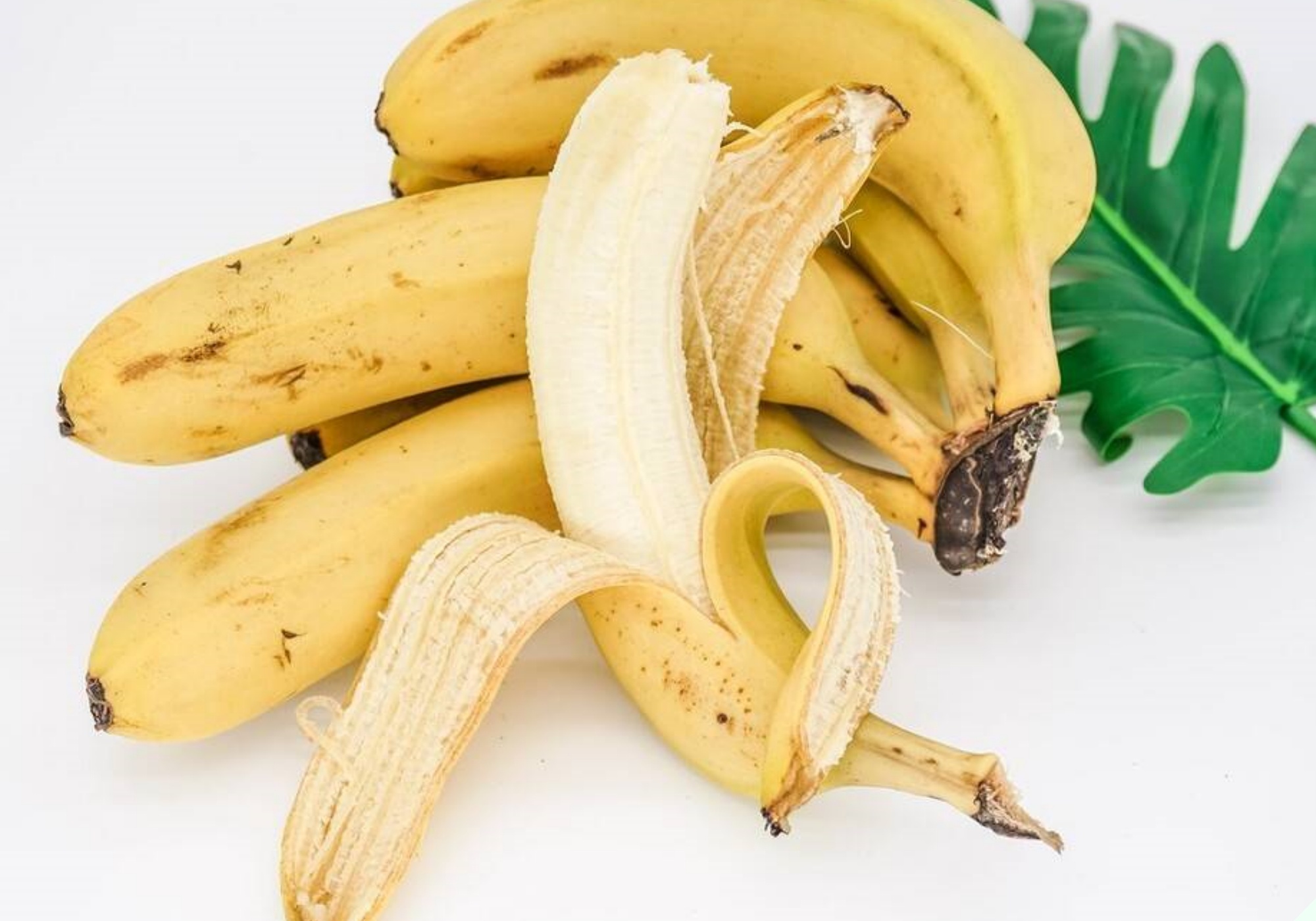
Here are six additional tips to help you choose naturally ripened bananas and avoid those treated with chemicals:
1. Color
Bananas ripened with chemicals often have a bright yellow color. In contrast, naturally ripened bananas have a darker shade of yellow, and you may feel a slight roughness when touching the peel. If allowed to ripen fully, naturally ripened bananas may also develop brown spots.
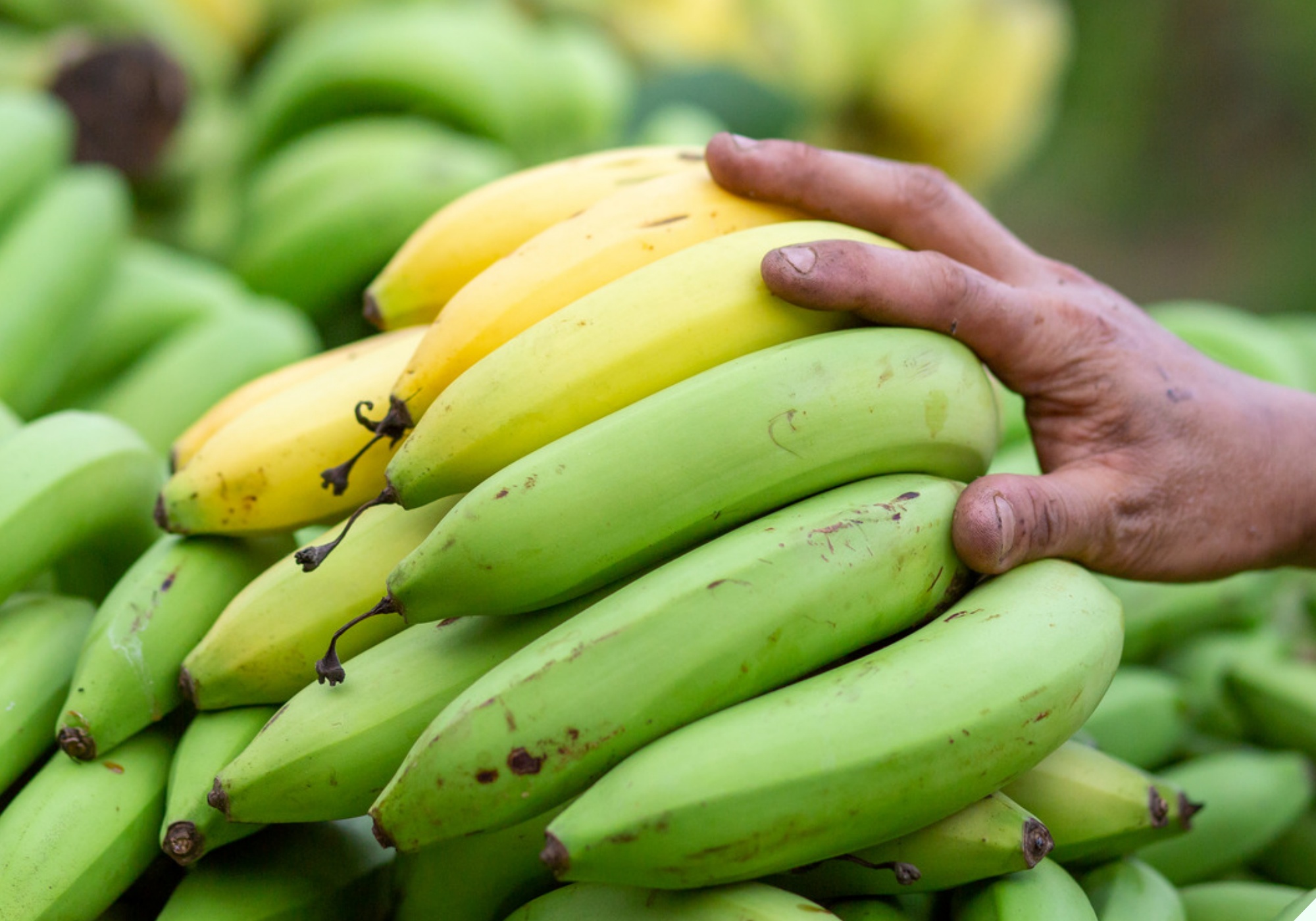
2. Elasticity
Gently squeeze the banana. If it feels soft, it is likely naturally ripened. Chemically ripened bananas, despite their yellow peel, will feel slightly firmer.
3. Aroma
Pay attention to the aroma. Naturally ripened bananas will have a distinct, sweet fragrance that you can detect even from a distance. They will also taste sweeter and softer.
Chemically ripened bananas may have a sharp, pungent smell. If stored for an extended period, the pungent odor may become more pronounced, and the bananas may spoil quickly. Moreover, they may have a starchy, bitter taste with a hint of resin.
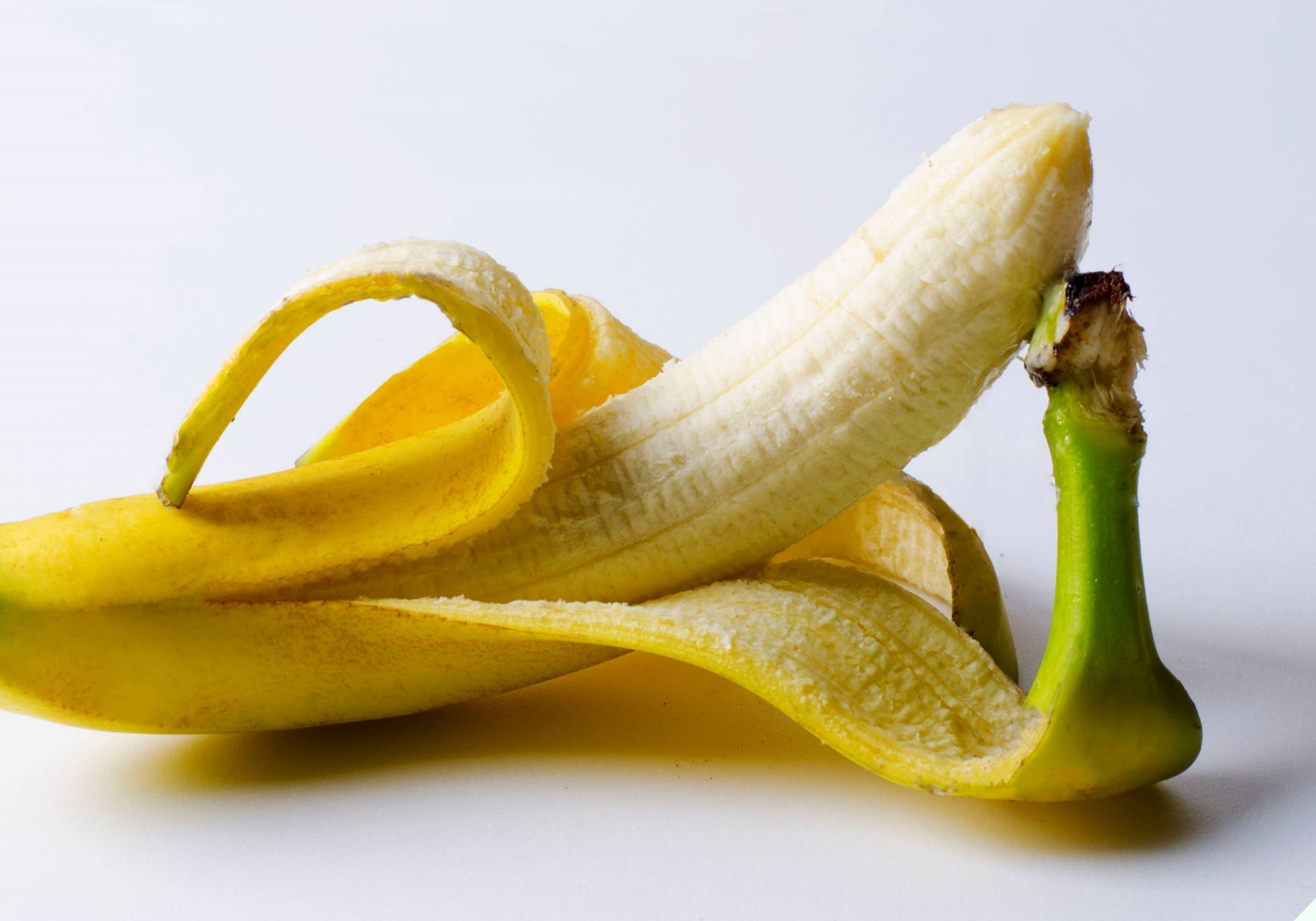
4. Shape
Naturally ripened bananas will have rounded edges. Curved bananas tend to be sweeter and more aromatic. Chemically ripened bananas, due to the short ripening process, will have sharp edges and maintain the same shape as when they were unripe.
5. Stem
Examine the stem. Naturally ripened bananas will usually have a yellow stem, similar in color to the peel. On the other hand, chemically ripened bananas may have green or greenish-yellow stems.
If the stem is black, it indicates that the banana is past its prime and has been stored for too long.
6. Peel
Naturally ripened bananas will have a darker yellow peel, and they may develop brown spots. This is because the banana peel contains oxidase, which is prone to oxidation.
As the banana ripens, these cells contract and rupture, releasing enzymes. When exposed to air, these enzymes react and form dark spots. This is a clear sign of natural ripening, and bananas with these spots tend to be softer and sweeter.
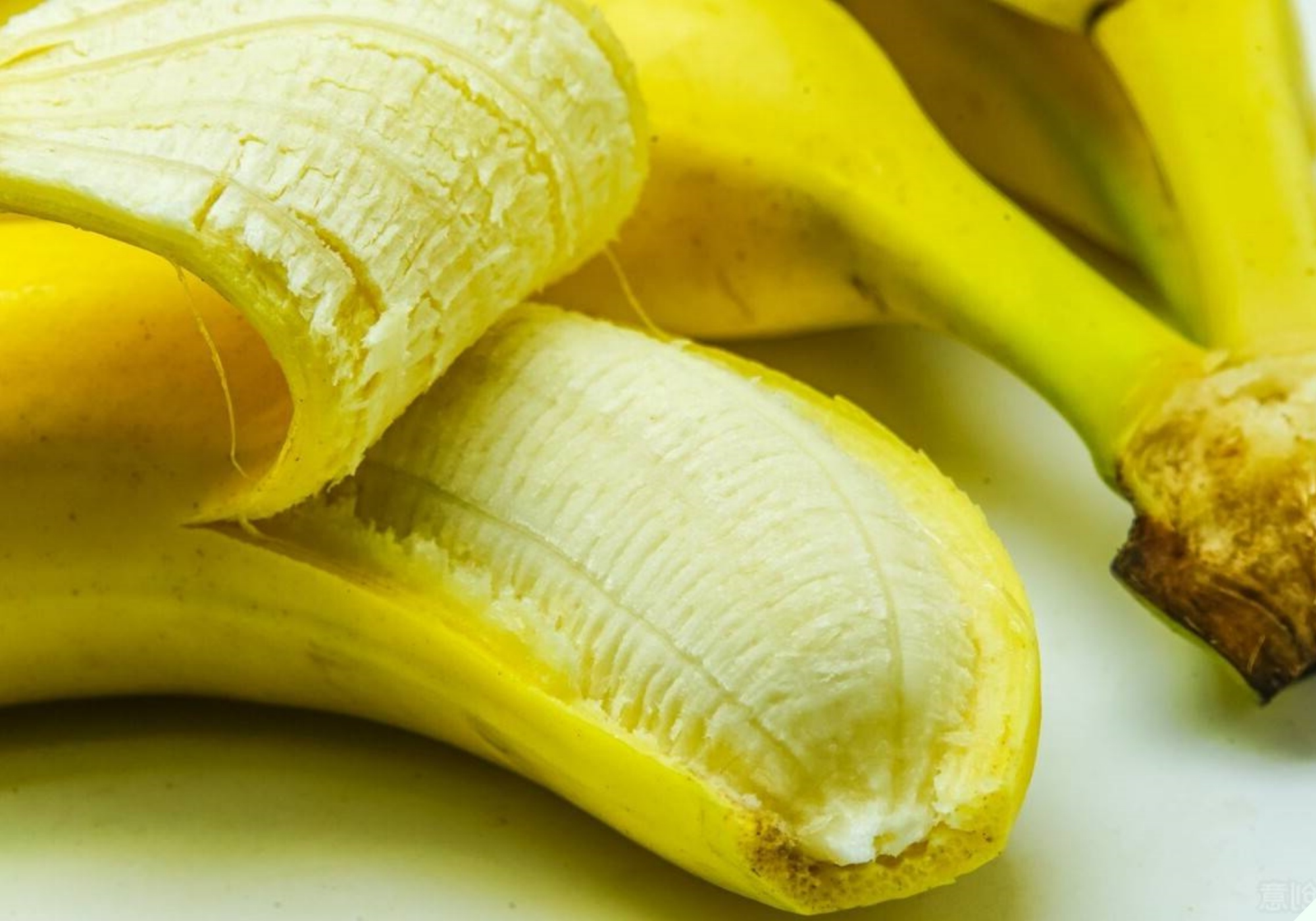
Note that these brown spots are different from bruises caused by impact or freezing. Chemically ripened bananas will only have a uniform yellow color, and if stored for too long, they may turn brown and lose their flavor.
The Ultimate Guide to Anti-Aging: 5 Miracle Masks for a Youthful, Acne-Free Complexion
Creating your own face masks at home is a great way to nourish your skin and reduce the appearance of wrinkles. With a few simple, natural ingredients, you can create a spa-like experience and achieve a radiant, youthful complexion. Homemade face masks are a cost-effective and fun way to practice self-care and give your skin some extra TLC.

























